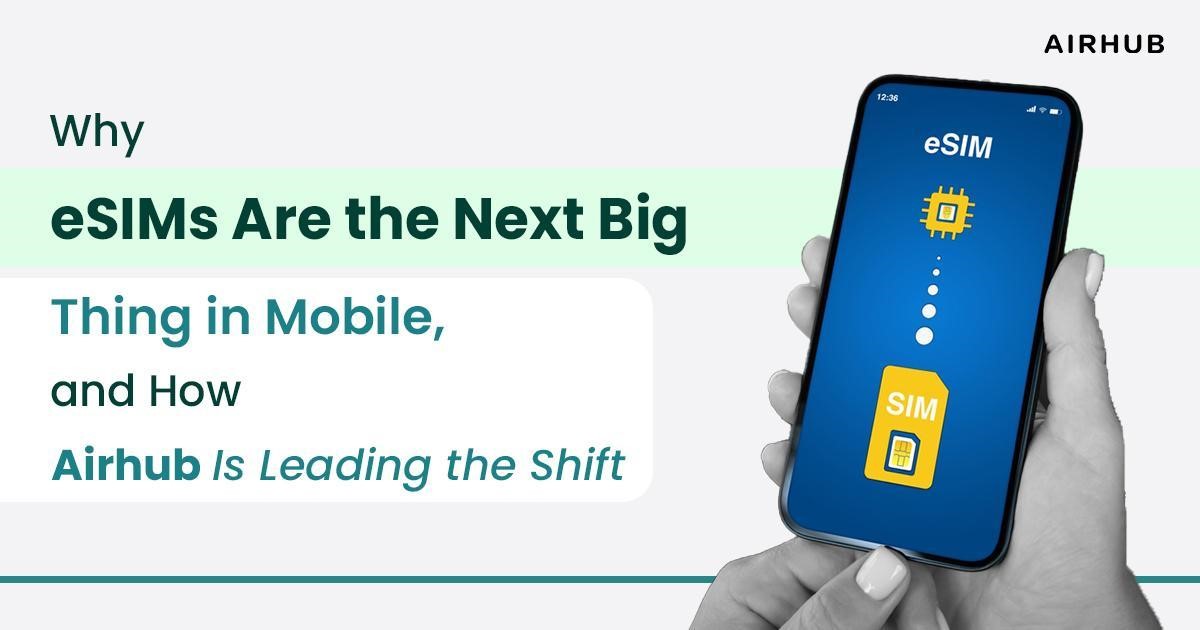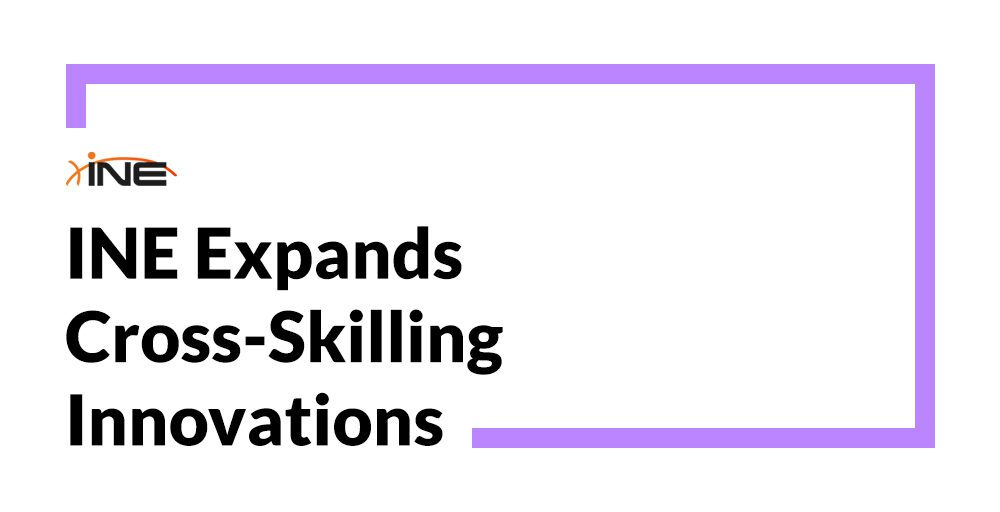The eSIM is changing the way people connect to mobile networks. Unlike traditional SIM cards that need to be inserted or removed, an eSIM is already built into the device. It can be set up digitally—no physical card is needed.
With an eSIM installed, personally or professionally, users can select, on a local network, their network provider’s internet phone plan associated eSIM plan in about 5 minutes with either a QR code application or their provider’s app, as multiple plans are capable features.
With the mainstream introduction of eSIM into a greater proportion of supported hardware by smartphones, tablets, and smartwatches, it is changing barren mobile-connected, hard-to-connect areas at all times.
Key Drivers of eSIM Adoption
Several global trends are converging to fuel rapid eSIM uptake. These include:
- 5G and IoT Expansion:
As 5G networks roll out, the demand for flexible, remote SIM provisioning is rising. eSIMs are ideal for managing connected devices like fleet trackers, sensors, and vehicles, allowing over-the-air updates without physical SIM swaps. - Rise of Remote Work & Digital Nomads:
With more people working from anywhere, global data access is essential. eSIMs offer instant connectivity in new countries, often at lower rates than roaming. Downloads of eSIM profiles more than doubled in 2023 alone. - Travel Rebound Post-COVID:
Tourism and business travel have surged back, and eSIMs offer a faster, cheaper alternative to traditional roaming. Analysts expect nearly 1 in 3 travelers to use eSIM plans by 2028, saving up to 35% on mobile data. - Sustainability and Waste Reduction:
eSIMs eliminate the need for plastic SIM cards, cutting carbon emissions by nearly half. In the UK, a shift to eSIMs could reduce plastic waste by over 8 tons annually. For companies with sustainability goals, it’s a simple step toward greener tech.
Together, these drivers mean consumers and businesses are increasingly demanding eSIM-based solutions. In markets like the UK, for instance, 14.3 million active eSIM profiles were tracked by early 2024 after a 287% surge in adoption over the previous year.
Major UK carriers (EE, O2, Vodafone, etc.) now offer eSIM support, making it easier than ever for customers to buy an eSIM UK plan instead of a plastic SIM. The choice of providers is broadening, with startups and established operators competing to be the “best eSIM provider” for global connectivity.
Friction in Traditional SIM Card Usage
Traditional SIM cards impose several practical barriers in today’s connected world. Physically swapping SIMs or carrying multiple chips is inconvenient. Users must often wait for cards to arrive by mail or hunt for local vendors on arrival. If a traveler’s phone is locked to one carrier or if a device is lost, access to service can grind to a halt. Roaming also introduces opaque fees and slow speeds. As one UK analyst noted, physical SIMs require “scrambling with credit cards” and waiting for cards in the mail, whereas eSIM activation is as easy as scanning a QR code.
Other pain points include:
- Inflexibility: A physical SIM usually ties you to a single network and number. Changing carriers requires a new card. Business users managing multiple devices must juggle dozens of SIMs.
- Security and Loss: SIM cards can be removed or cloned if a device is stolen. By contrast, an embedded SIM is bound to the hardware, making unauthorized access much harder.
- Delays and Waste: Shipping plastic SIMs adds time and carbon cost. Unused plan data often goes to waste if validity expires – there’s no easy way to pause or top up remotely.
In short, the old SIM model is rooted in legacy telecom practices. By moving to digital SIM profiles, eSIMs eliminate these frictions: connectivity becomes as simple as tapping through an app.
Read also: Airhub eSIM Powers Seamless Global Travel with Expanded Coverage in 190+ Countries
Airhub’s Innovative eSIM Platform
Airhub is one of the emerging players capitalizing on the eSIM trend. Its platform is built around fast online provisioning of travel and global data plans. Key aspects of Airhub’s approach include:
- Extensive Global Coverage: Airhub offers plans across 190+ countries, spanning local, regional and global packages. This broad reach means customers can use a single provider for travel to most destinations. For popular countries (USA, UK, UAE, etc.) Airhub even provides country-specific eSIMs starting from a few dollars, as well as unlimited plans in major regions.
- Variety of Plans Per Market: Unlike many providers that limit you to a handful of choices, Airhub typically offers up to 15 plans per country. This allows travelers to pick data sizes, durations and pricing that match their trip. Reviewers note that Airhub’s partnerships with local network operators result in especially competitive plans and occasional unlimited packages.
- Instant Activation: After purchase, Airhub emails a QR code for immediate activation. There’s no waiting or physical delivery. As the company explains, users are “connected in minutes” once they scan the eSIM profile on their device. This makes it ideal for last-minute trips or unplanned needs – you could buy a service while en route and land already connected.
- Flexible, No-Contract Pricing: All plans are prepaid and carry no long-term commitments. Customers pay only for the data and time they need. Short-term travelers can get week-long packages, while longer-stay visitors (or locals) can choose 30-day or even multi-month plans. There are no hidden fees or compulsory renewals.
- User-Friendly App Interface: The Airhub mobile app and website are designed to be clean and intuitive. According to one technology reviewer, Airhub’s app is “clean and user-friendly” with simple menus to select country, plan type (local, regional, global), and duration. This ease of use helps first-time eSIM users manage multiple profiles effortlessly.
Taken together, these offerings position Airhub as a digital-first eSIM specialist. The company emphasizes its global ambitions: Airhub itself “envisions to become a market leader in providing digital [mobile] data… and eradicating the need for outdated SIM cards”. In fact, some industry observers already regard Airhub as among the best eSIM providers for travel.
For example, a travel tech blog called it “the best eSIM provider for the most flexible plan” because of its wide country coverage and plan selection. Airhub’s position today is that of a fast-growing challenger: it is not a household name like some carriers, but its user experience, pricing, and features have garnered positive reviews from frequent flyers and remote workers alike.
eSIMs and Airhub Shaping the Future of Mobile
The shift from plastic to embedded SIMs represents a fundamental change in mobile connectivity. eSIM technology addresses many of the frustrations of traditional SIM cards, while powering a new era of seamless, worldwide connectivity. As 5G and IoT proliferate, eSIM will become the norm rather than the exception.
Airhub’s role in this transition is as an innovator: by delivering instant global data plans, local numbers, and flexible eSIM management, it exemplifies how digital-first providers can reshape telecom. The company’s ascent, backed by coverage in 190+ countries and praise from tech reviewers, suggests that Airhub is emerging as a global leader in eSIM services. Ultimately, Airhub and its peers are helping to turn the eSIM vision into reality, making on-demand mobile connectivity easier, greener, and more powerful than ever before.
Read More From Techbullion



































